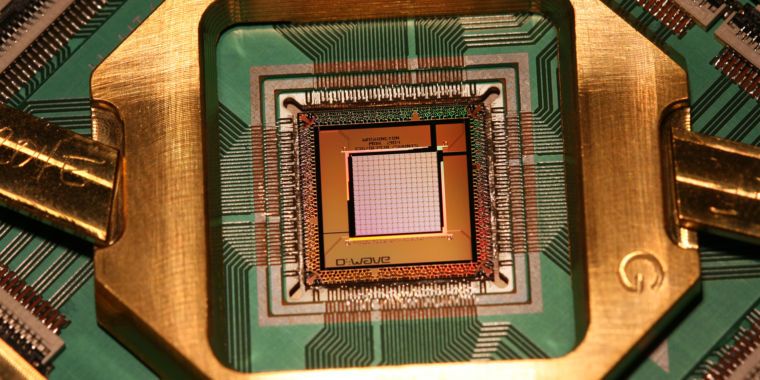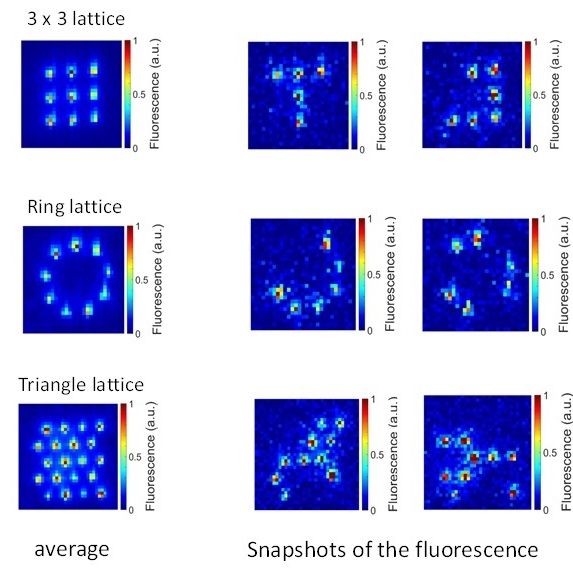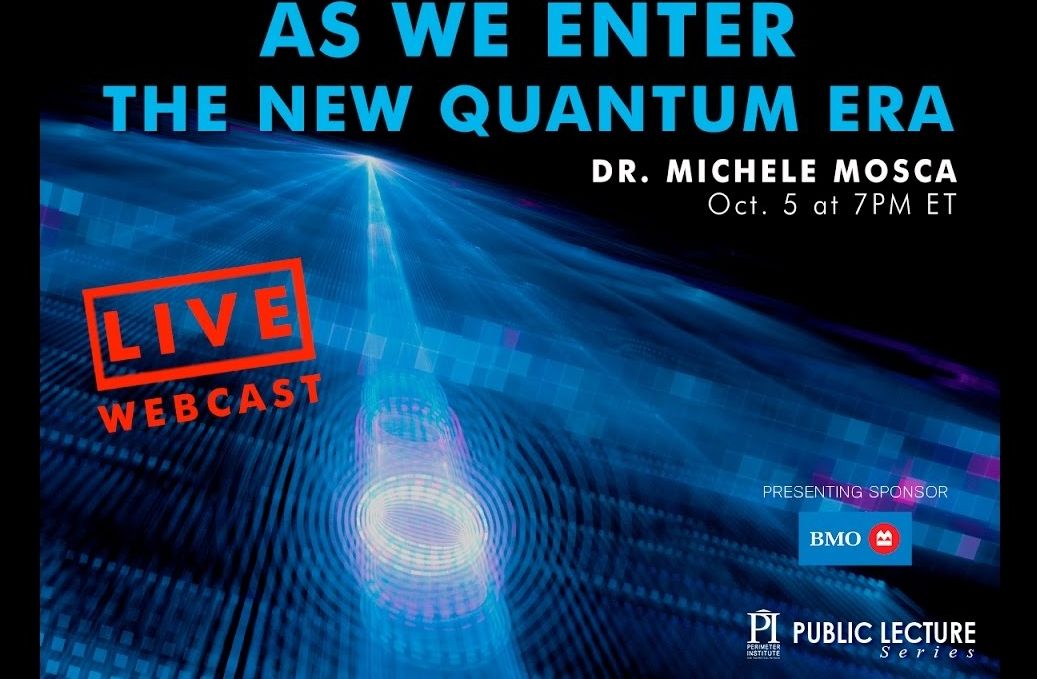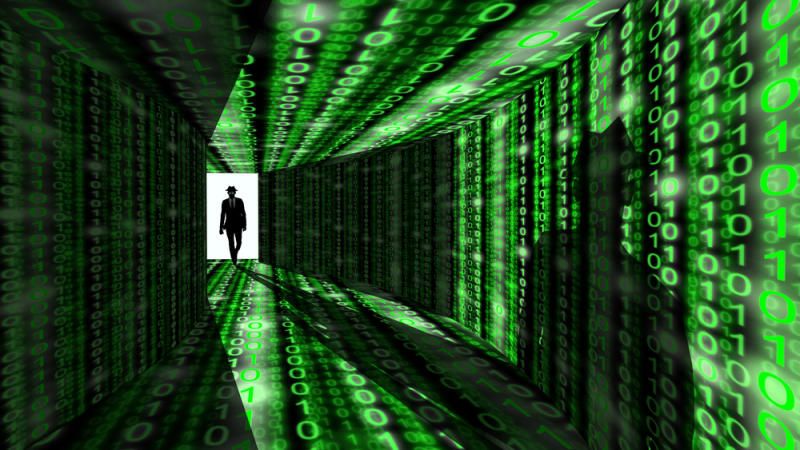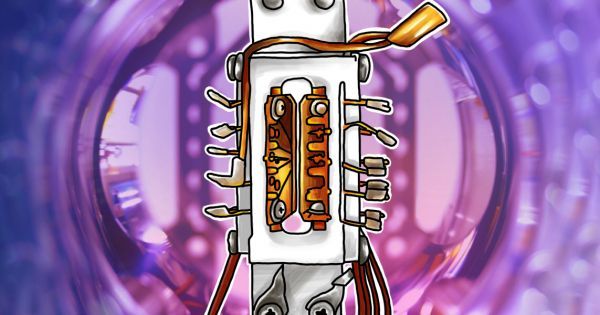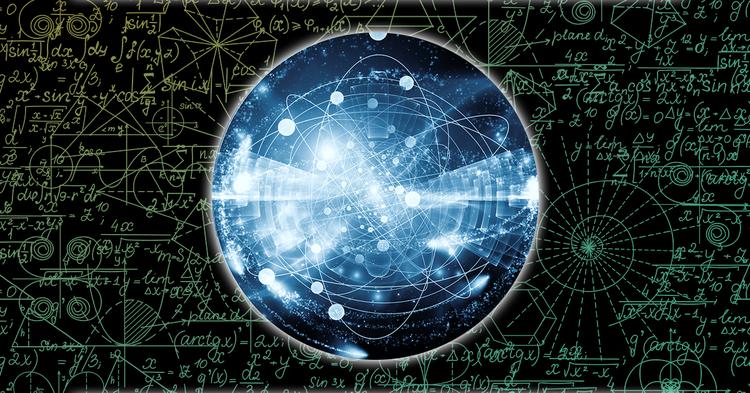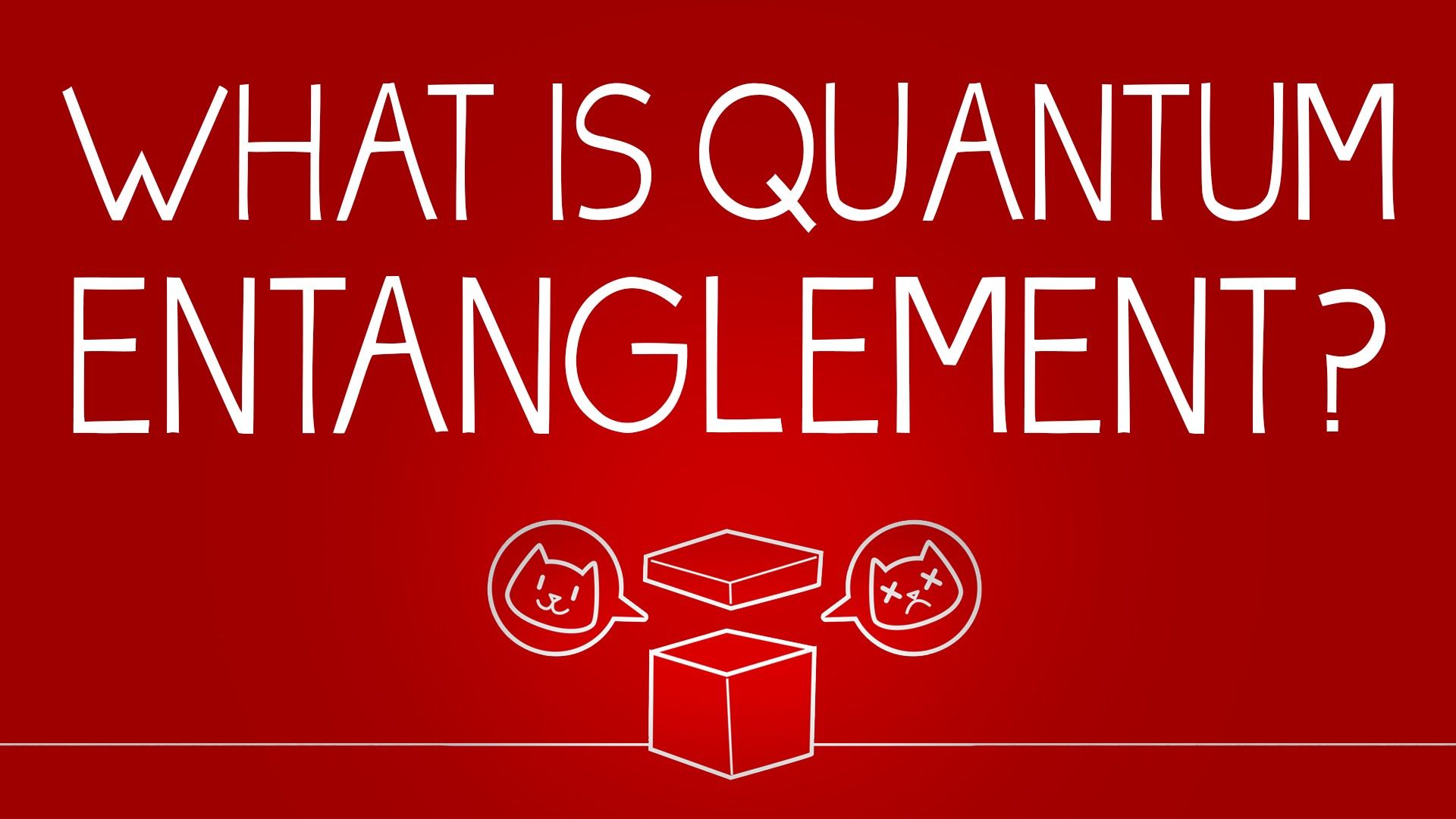
Stockholm: The Nobel Physics prize was the second of the awards to be given away, on Tuesday, to a Birtish trio — scientists David Thouless, Duncan Haldane and Michael Kosterlitz for revealing the secrets of exotic matter.
Thouless, 82, is professor emeritus at the University of Washington in Seattle. Haldane, 65, is a professor at Princeton University, and Kosterlitz, born in 1942, teaches at Brown University in Providence, Rhode Island. The laureates will share the eight million Swedish kronor (around $931,000 or 834,000 euros) prize sum. Thouless won one-half of the prize, while Haldane and Hosterlitz share the other half.
“This year’s laureates opened the door on an unknown world where matter can assume strange states. They have used advanced mathematical methods to study unusual phases, or states, of matter, such as superconductors, superfluids or thin magnetic films. Thanks to their pioneering work, the hunt is now on for new and exotic phases of matter,” said the Nobel jury.
Continue reading “Nobel Physics Prize winners: All you need to know about mugs, donuts and quantum computing” »
